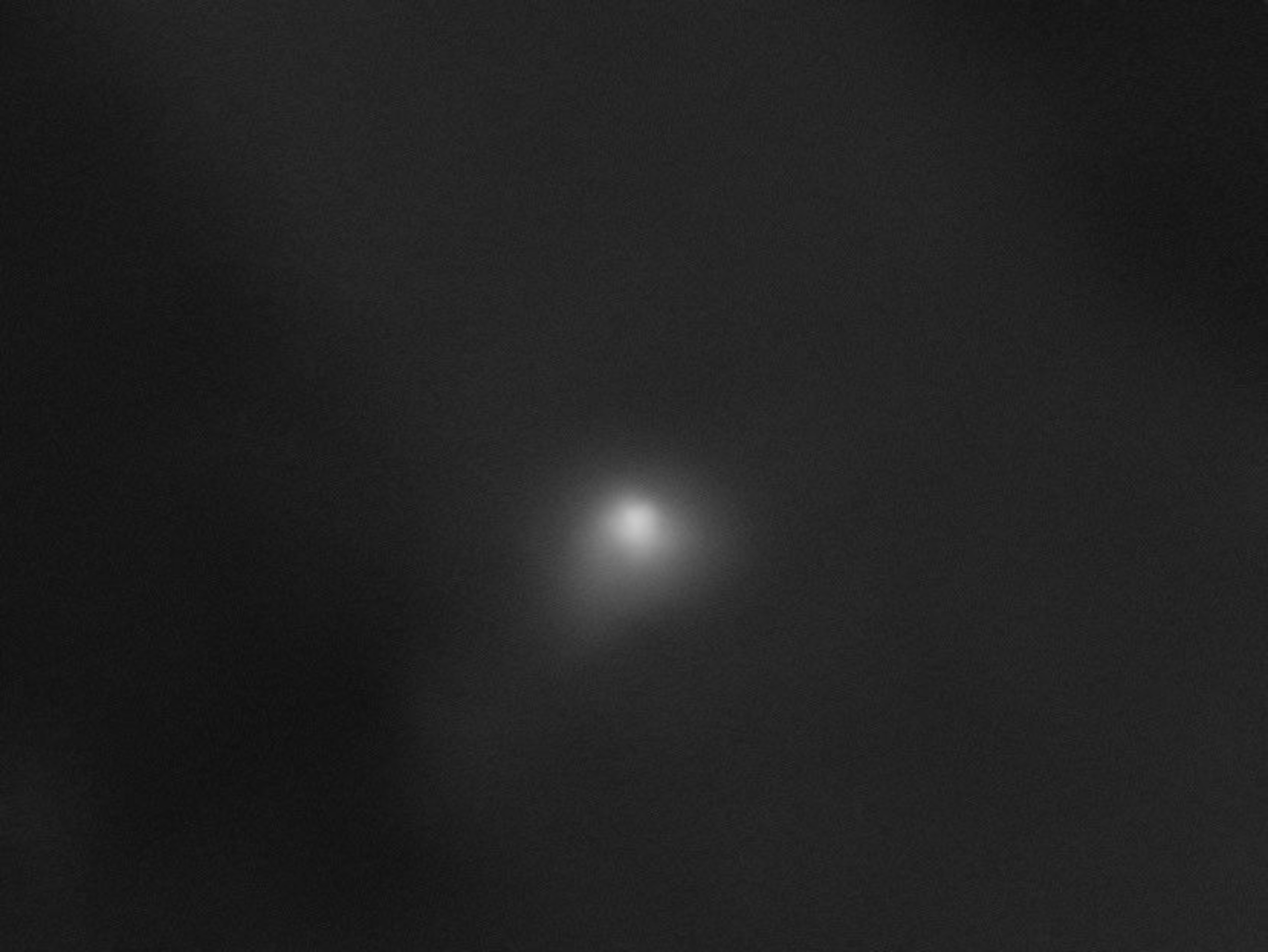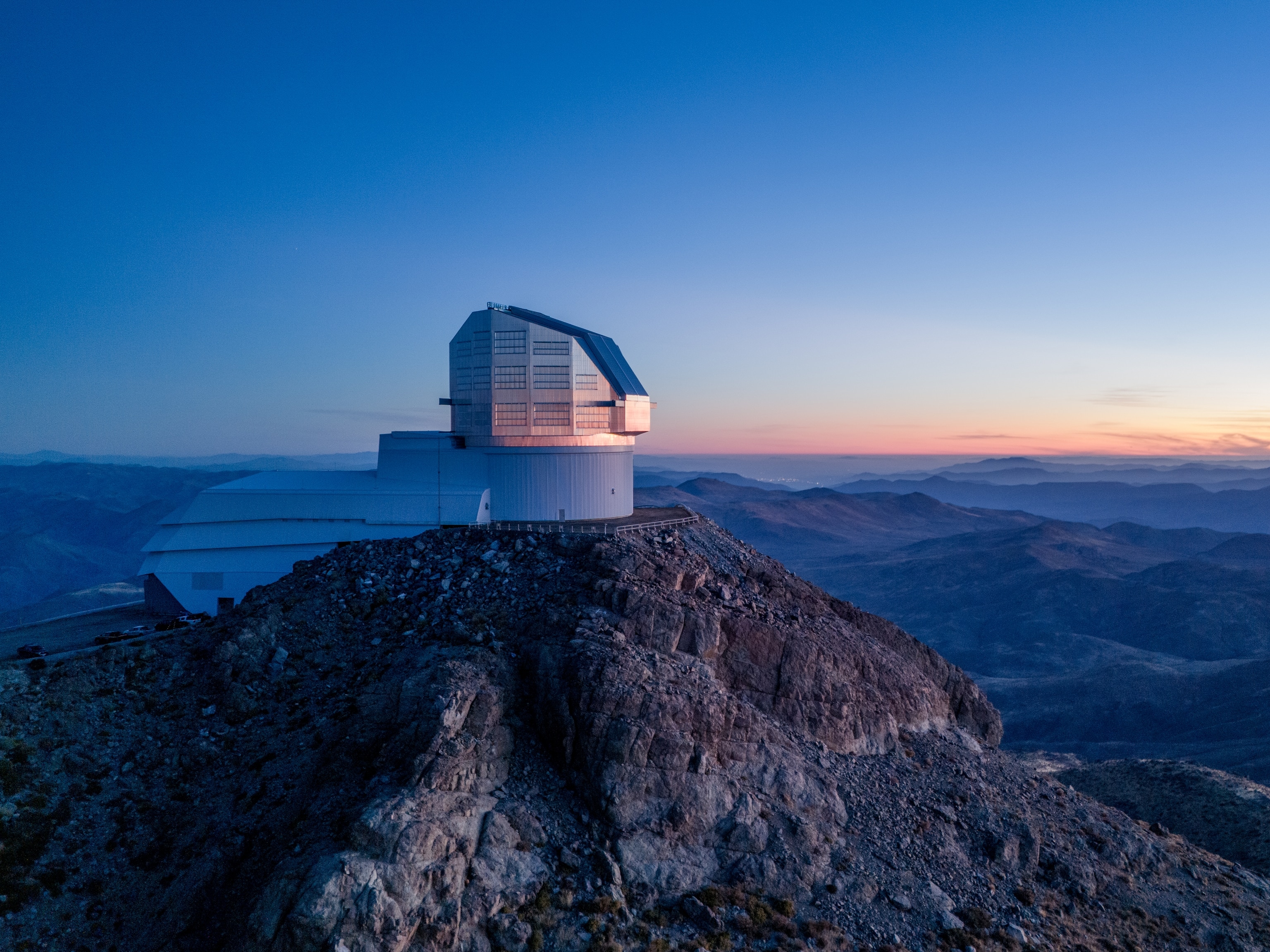The Arecibo Observatory’s suspended equipment platform collapsed just before 8 a.m. local time on December 1, falling more than 450 feet and crashing through the telescope’s massive radio dish—a catastrophic ending that scientists and engineers feared was imminent after multiple cables supporting the platform unexpectedly broke in recent months. No one was hurt when the 900-ton platform lost its battle with gravity, according to staff at the observatory in Puerto Rico.
The telescope itself has been destroyed, although the full extent of the damage to surrounding facilities hasn’t yet been determined. Aerial photos show that the platform likely made a pendulous swing into a nearby rock face. Parts of it, including a large dome housing a complex reflector system, shattered near the dish’s center. Photos from the ground reveal that the tops of the three towers supporting the platform also broke off. People nearby reported that as the platform came down, it sounded like an avalanche, a train, or an earthquake.
“We can confirm the platform fell and that we have reports of no injuries. We will release additional details as they are confirmed,” says Robert Margutta of the National Science Foundation (NSF), which is in charge of the facility.
The iconic telescope has been in a precarious state since August, when an auxiliary cable supporting the equipment platform broke and fell through the radio dish, leaving a 100-foot-long gash in its reflective panels. The situation became more dire in early November, when one of the main cables supporting the equipment platform also snapped, leaving the telescope on the brink of a catastrophic collapse. Inspections revealed that other cables were showing signs of weakening and degradation, and over the last couple of weeks, engineers spotted ruptured strands and other signs of impending danger.
On November 19, NSF announced that it had decided to decommission the telescope and pursue options for a controlled demolition of the dangerous structure. That decision came after engineering firms evaluated the structure and predicted that the platform would collapse in the near future if it were not repaired.
With the risk of imminent collapse, authorities determined that it was too risky to send workers up on the platform or the towers to attempt repairs.
“If we’re worried about it falling, nobody should go up there or be there when it happens,” former observatory director Michael Nolan, now at the University of Arizona, told National Geographic at the time.
“As someone who was inspired as a child by the observatory to reach for the stars, this is devastating and heartbreaking. I’ve seen how the observatory to this day continues to inspire my island,” planetary scientist Edgard Rivera-Valentin of the Lunar and Planetary Institute said at the time. Rivera-Valentin tweeted today that they are "heart broken, sad, in mourning, and crying," following the observatory's collapse.
The NSF’s decision to decommission the telescope didn’t stop scientists and Puerto Ricans, for whom the telescope holds cultural as well as scientific value, to rally in support of the observatory. For decades, the facility has been a source of pride and inspiration for the island, and it has served as a crucial resource for local communities during natural disasters. Now, the crumpled telescope leaves a large, dangerous mess to clean up—and, perhaps, a site upon which to rebuild.
Anne Virkki, who leads the planetary radar team at the observatory, writes in an email: “We’ll need to start campaigning for rebuilding from today.”






